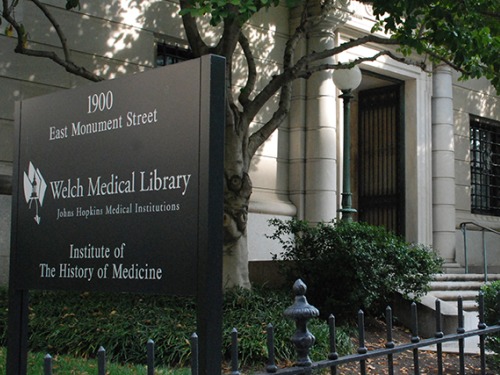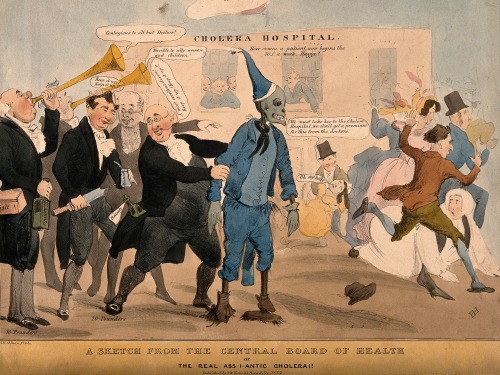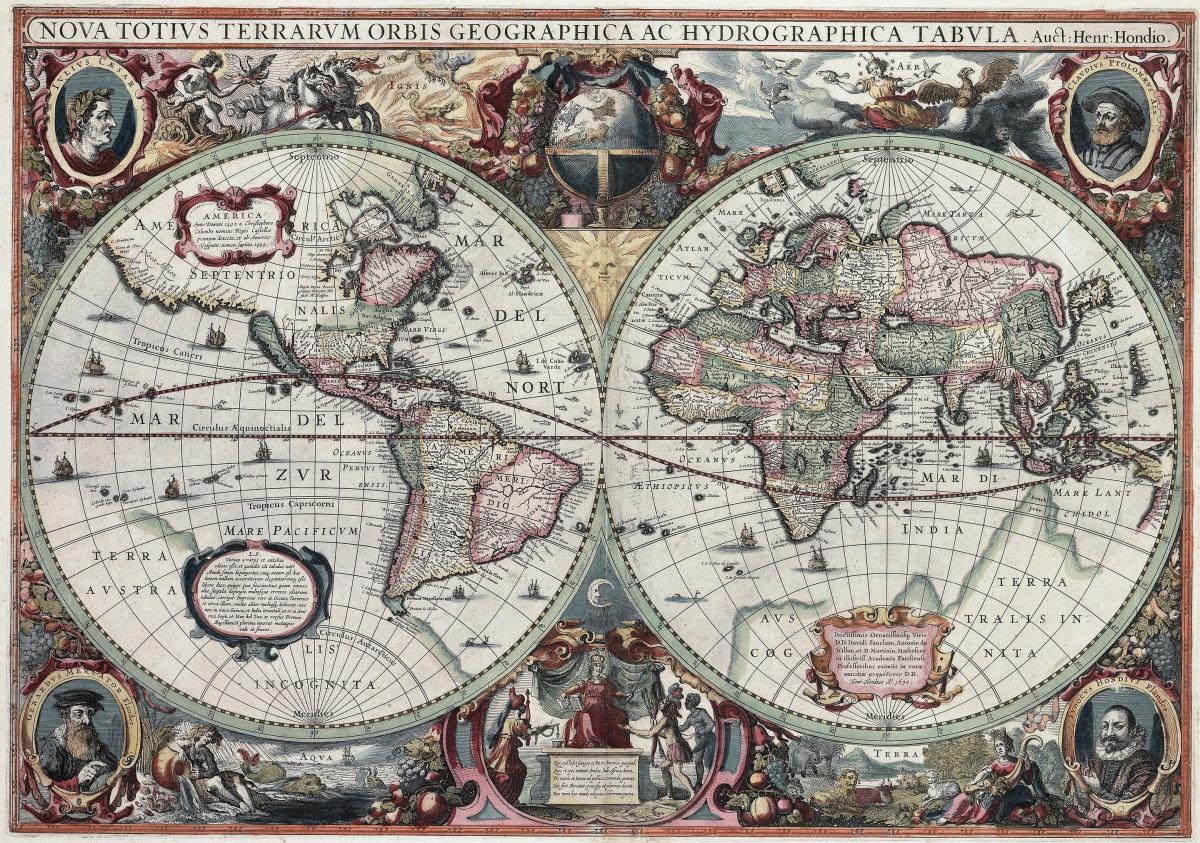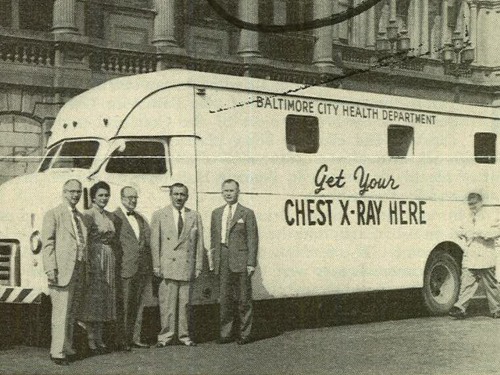Founded in 1929, we are the oldest academic department of the History of Medicine in the English-speaking world. We are dedicated to scholarship on the histories of medicine, disease, the health sciences, and their relationships to society.
About us

The Institute of the History of Medicine is located in the William H. Welch Medical Library, named after the first Chair of the Department of the History of Medicine. In establishing the first Department of the History of Medicine in the English-speaking world, Welch sought to provide a humanistic component to medical education and public health.
Library

The departmental library of the Institute, the Historical Collection is also the resource center for the history of medicine for the Hopkins community, and hosts visiting scholars from the United States and abroad. A research collection covering all aspects of the history of medicine, public health and allied sciences, it contains over 70,000 volumes. A large, comprehensive library of secondary sources accompanies a smaller, but choice collection of rare books, manuscripts, prints, photographs, medals, stamps and objects.
BHM

The Bulletin of the History of Medicine is the official publication of the Johns Hopkins Institute of the History of Medicine and the American Association for the History of Medicine (AAHM) and is published by The Johns Hopkins University Press. A leading journal in its field for more than three quarters of a century, the Bulletin spans the social, cultural, and scientific aspects of the history of medicine worldwide.




